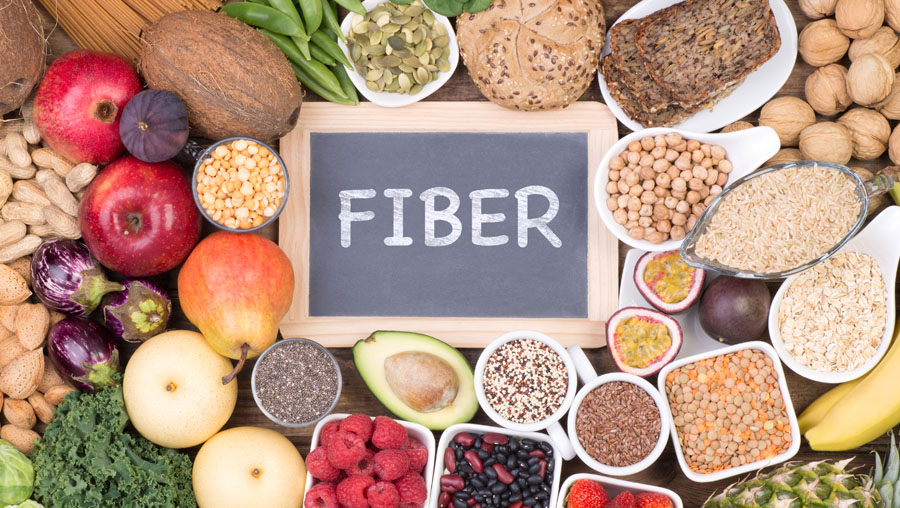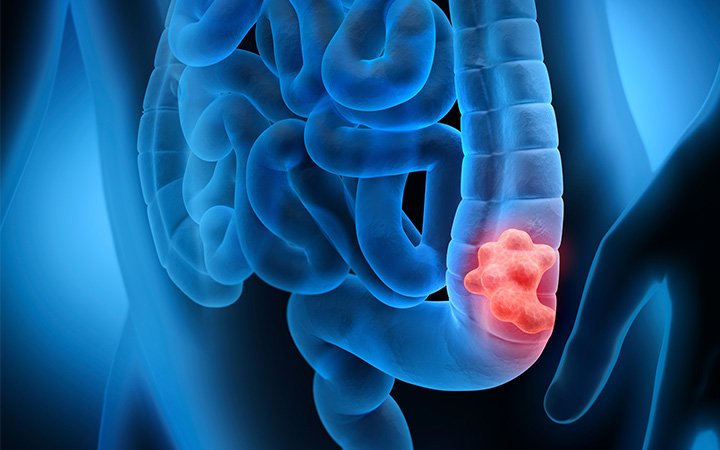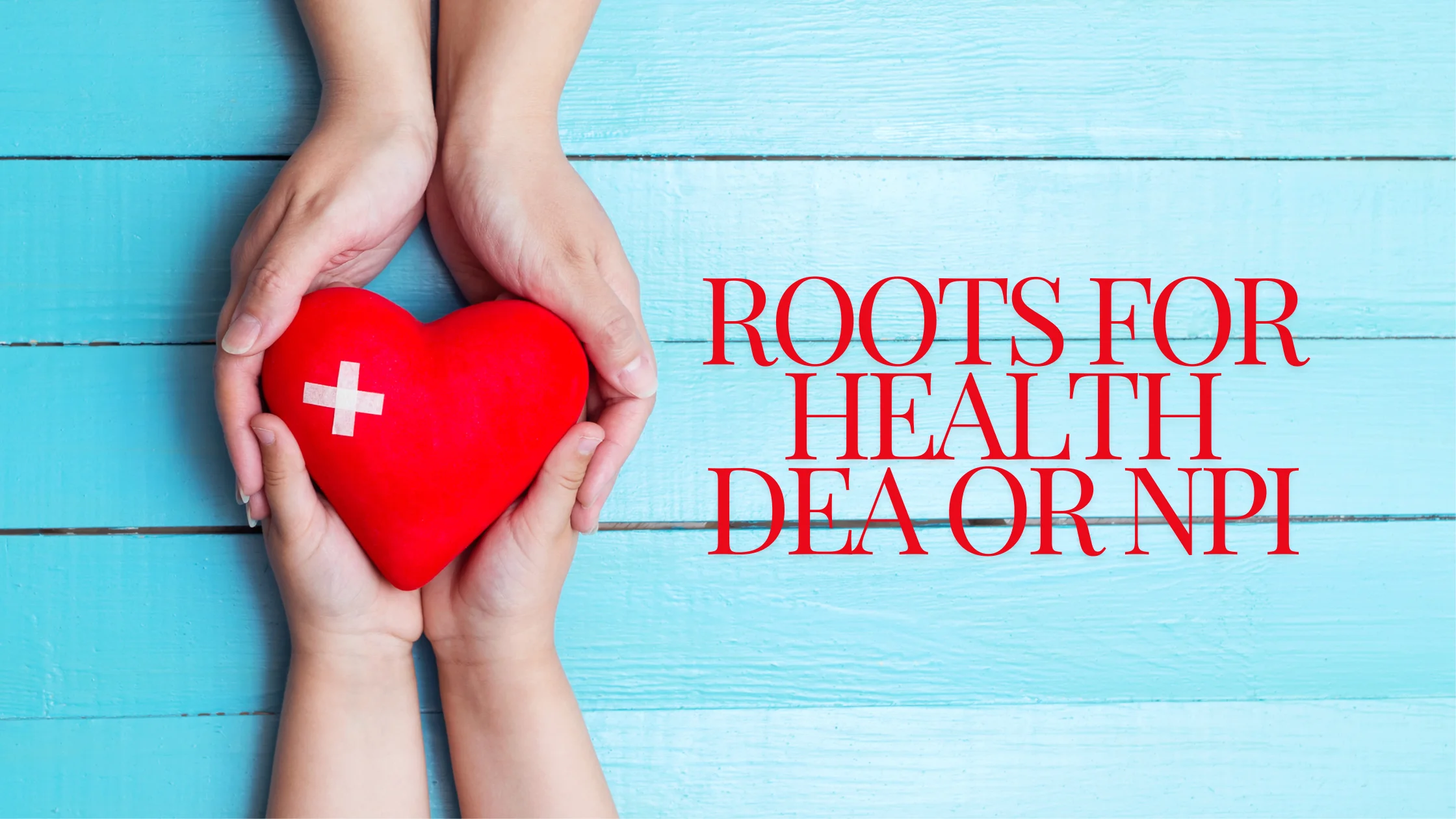- March 10, 2025
Relationship Between Fiber And Antioxidants

New findings from Australia show just how important fiber is in helping antioxidants do their job. If it weren’t for the fiber, which binds and protects the antioxidants in fruit and vegetables, those antioxidants would never make it to the colon, where they can help to protect against colon cancer.
And note that if you like juicing, if you throw away the pulp, which contains all the fiber, that means you’re throwing away the antioxidants too. So it’s good to take the pulp that’s left behind and make it into a bread or cake. That’s the only way you can get all the benefits from the fruit.
Fiber protects the colon from cancer

Fiber not only works as a “bowel scourer”, but may also help to protect the colon from cancer by transporting antioxidants to the large bowel, new Queensland research has found.
The world-first study discovered that fiber binds up to 80 percent of cancer-inhibiting antioxidant polyphenols in fruit and vegetables, thereby protecting the antioxidants from early digestion in the stomach and small intestine.
Dr Anneline Padayachee

Dr. Anneline Padayachee, who undertook the study through The University of Queensland (UQ) and CSIRO, found that fiber acts as an antioxidant trafficker by safely transporting antioxidant nutrients to the colon where they can provide protection against cancers such as colon cancer.
Dr Padayachee said
“Cells in fruits and vegetables are “opened” allowing nutrients to be released when they are juiced, pureed or chewed,”
“In an unexpected twist, I found that after being released from the cell 80 percent of available antioxidant polyphenols bind to plant fiber with minimal release during the stomach and small intestinal phases of digestion.
Effectively transport polyphenols
“Fibre is able to safely and effectively transport polyphenols to the colon where these compounds may have a protective effect on colon health as they are released during plant fiber fermentation by gut bacteria.”
This finding also has implications for fresh juice lovers who are throwing out antioxidants along with the fibre-rich pulp they discard.
“In juicing, the fibrous pulp is usually discarded, which means you miss out on the health benefits of these antioxidants as well as the fiber,” Dr. Padayachee said.
“As long as you consume everything – the raw or cooked whole vegetable or fruit, drink mainly cloudy juices and eat the fibrous pulp – you will not only have a clean gut, but also a healthy gut full of protective polyphenols.”
Dr Padayachee used black carrots, which are rich in two antioxidant polyphenols – anthocyanins and phenolic acids – as a model system in her research to assess why plant-based diets generally result in better


- March 5, 2025

